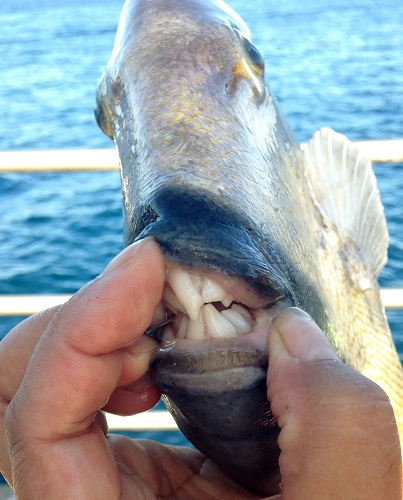
#TRIGGER FISH SKIN#
The two pelvic fins are overlaid by skin for most of their length and fused to form a single spine, terminated by very short rays, their only external evidence. The sickle-shaped caudal fin is used only to escape predators. Characteristic of the order Tetraodontiformes, the anal and posterior dorsal fins are capable of undulating from side to side to provide slow movement and comprise their primary mode of propulsion. All three are normally retracted into a groove. The first spine is stout and by far the longest. The anterior dorsal fin is reduced to a set of three spines. The eyes are small, set far back from the mouth, at the top of the head.

The head is large, terminating in a small but strong-jawed mouth with teeth adapted for crushing shells. Triggerfish have an oval-shaped, highly compressed body. The largest member of the family, the stone triggerfish ( Pseudobalistes naufragium) reaches 1 m (3.3 ft), but most species have a maximum length between 20 and 50 cm (8–20 in).

While several species from this family are popular in the marine aquarium trade, they are often notoriously ill-tempered.
:max_bytes(150000):strip_icc()/grey-triggerfish--balistes-capriscus---615510628-5c863a5fc9e77c0001a67688.jpg)
Most are found in relatively shallow, coastal habitats, especially at coral reefs, but a few, such as the oceanic triggerfish ( Canthidermis maculata), are pelagic. Often marked by lines and spots, they inhabit tropical and subtropical oceans throughout the world, with the greatest species richness in the Indo-Pacific. Triggerfish are about 40 species of often brightly colored fish of the family Balistidae.


 0 kommentar(er)
0 kommentar(er)
